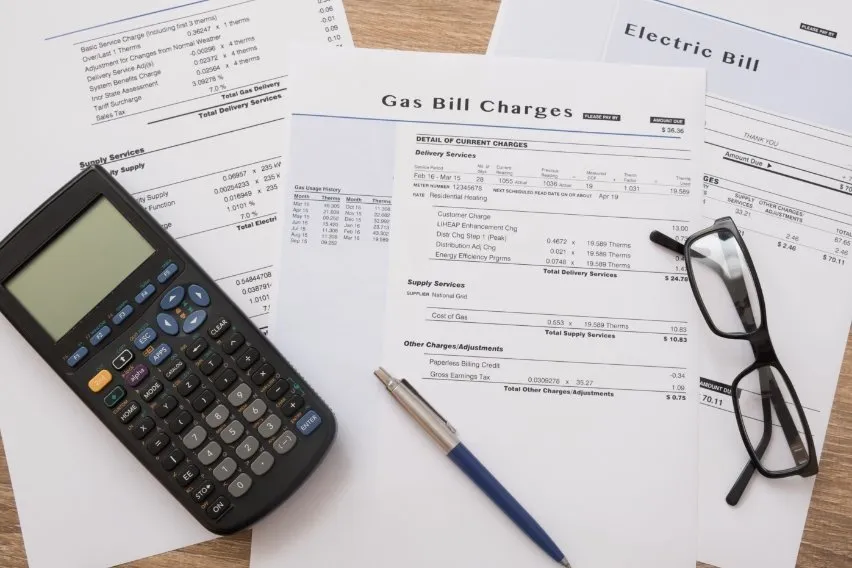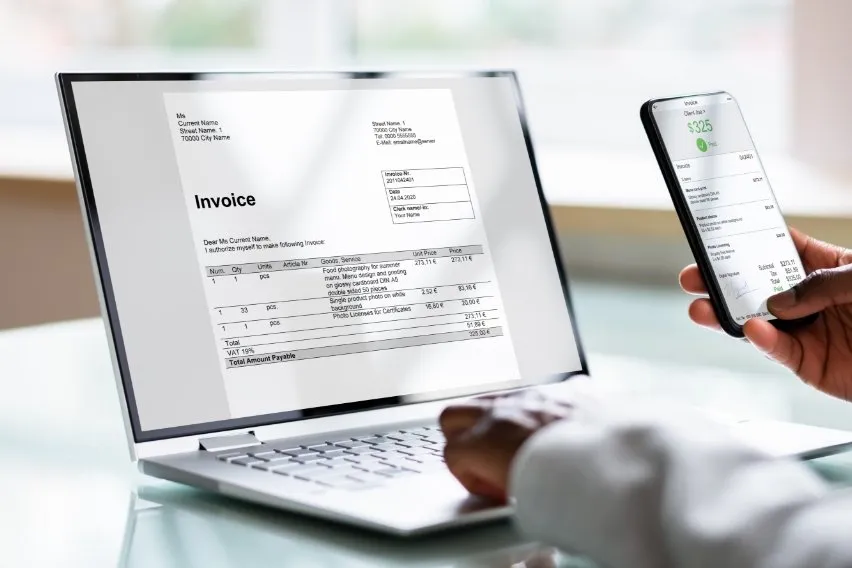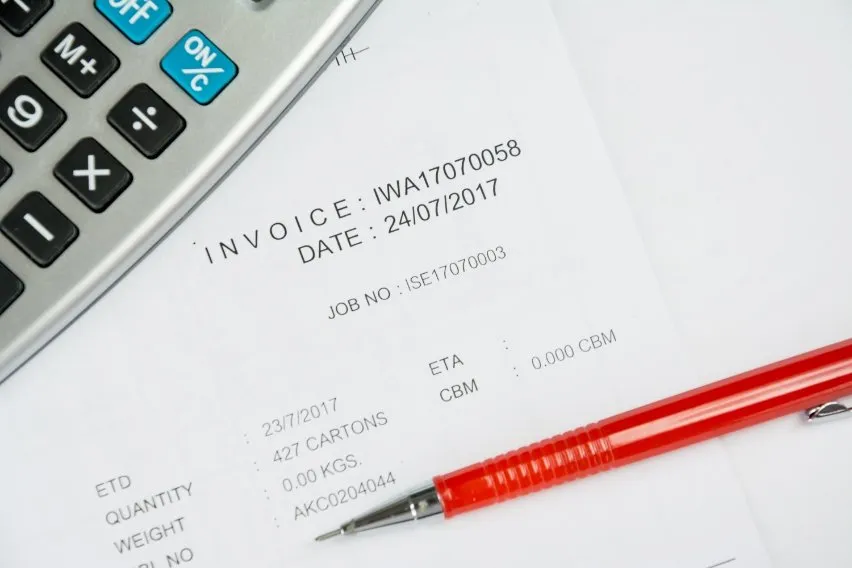Usage-Based Billing: An Extensive Guide

The usage-based billing model is becoming more and more popular. Thanks to this pricing model, companies charge customers only for what they actually use. Usage-based billing has many benefits for both the company providing the service and the customers.
This extensive guide will tackle usage-based billing and its benefits and challenges. We’ll also discuss how to implement usage-based pricing and provide examples.
Table of Contents
Understanding SaaS Usage-Based Pricing
How to Implement Usage-Based Billing
4 Critical Steps to Usage-Based Billing
Usage-Based Billing Challenges
What Is Usage-Based Billing?
Usage-based billing is a popular consumption-based pricing model, also called metered billing or pay-per-unit pricing. Unlike with other billing models, in this case, customers only pay for what they’ve used in each billing cycle.
The company that sells the product or provides a service needs to have a clear unit of measurement and to easily determine how much a customer has spent.

Understanding SaaS Usage-Based Pricing
Many companies that can measure how much of their service or product is utilized decide to implement the usage-based billing model, including companies that sell software services, i.e., SaaS companies.
Although many SaaS companies have implemented usage pricing, they usually don’t have a clear unit of measurement related to how much a customer has spent. Therefore, SaaS usage-based pricing usually contains additional dimensions that allow precise band adequate billing. One of the most important dimensions is value metrics, which represent a group of factors that affect your pricing model.
SaaS businesses often have large customer bases and need to cater to everyone’s needs. This wide range of services and numerous additional options a SaaS company offers determines pricing models.
How to Implement Usage-Based Billing
Implementing usage-based billing may look simple. In reality, this can be quite challenging. Companies need to consider various factors and take numerous actions to implement the usage-based billing system.
As a business owner, you need to determine your value metrics to determine the billing model. You also need to have a specific number of heavy users to keep your customer base and revenue as stable as possible. Also, you need to develop a quality metered billing system that can monitor customer usage and convert it to readable details for creating invoices.
If you’re transitioning from a traditional billing system, you must make the process as smooth as possible. Don’t forget that all the departments in your company need to align with the transition. Otherwise, you may face numerous challenges that can affect your company’s reputation and revenue growth.
4 Critical Steps to Usage-Based Billing
Here are the four crucial steps for implementing usage-based pricing in your company:
1. Determine Your Value Metric and Pricing Model
Your value metric needs to align with the value your customers can get from your service. Common value metrics are:
- Users
The value of your service increases based on the number of users the service can have. This is a popular metric for many subscription services, CRMs, project management software, and collaboration tools.
- Data
The value of your service increases based on the amount of data customers can consume. This is a common valuation metric for tech companies and telecom services.
- Events
The value of your service increases based on the number of events the service can process. This metric is common for API services like Clearbit, which charges per API call. In this case, customers pay a certain amount for their API calls, depending on their pricing tier.
There’s no one size fits all approach to usage-based pricing. If you want great results, you need to find the model that suits your company. Here are the common billing models:
- Per-Unit Pricing
This is the simplest and the most common usage-based pricing model that directly connects your value metric to the price customers pay. For example, a CRM can charge $20 per user per billing cycle. If a customer has 20 users, they’ll pay $400. For 10 users, they’ll pay $200.
- Overage Pricing
The overage billing model allows you to create packages depending on your value metric and charge more for additional options. You can see overage pricing in cell phone plans. For example, a plan offers 5 GB of internet, and customers have to pay anything that exceeds this amount.
- Volume Pricing
Generally, companies that base the value of their service on events use this pricing plan. In this case, the price points change depending on the final usage volume. For example, if you use 500 API calls per month, you may be charged $0.15 per call, but if you use 1,000 API calls, you’ll be charged $0.10 per call. The price gets lower as you use more.
- Tiered Pricing
Tiered pricing is similar to the volume pricing model. In this case, instead of the customer paying a set fee, they pay the price for the highest tier they reached. If you choose this plan, you’ll need to divide your product or service into tiers. You can do so by assessing the volume of units and creating levels. The price and the perceived value should increase as customers move from the first tier.
- Tiered With Overage Pricing
With this pricing plan, you also have a tiered model. But, when customers consume units that exceed the final unit in their tier, they’ll face an overage charge.
- Multi-Attribute Pricing
This model is more complex than other pricing models we’ve discussed. In this case, customers are charged a price based on different criteria. For example, Ford’s vehicle subscription service charges customers depending on the car type, subscription duration, mileage, etc.
2. Track Usage
The next step is tracking customer usage, and this process is called mediation. You need to determine who used the services, when, for how long, and how much. Depending on your company, you may need to collect data from different servers and in different formats.
3. Rate Usage
Now, you need to rate customer usage, i.e., collect usage data and apply the correct charges to every customer. Keep in mind that your customers need transparency. They should be able to view their usage in near real-time. Moreover, depending on the plan, the customers expect to receive notifications about approaching their plan’s limits.
4. Bill the Customer
The final step is summarizing usage records and billing the customer. It’s important to understand that usage-based billing charges the customer post-usage, unlike user-based billing, where the customer is charged in advance.
Keeping track of invoices can be challenging for many companies. Fortunately, you can rely on invoicing software like FreshBooks. This high-quality, easy-to-use program makes invoicing and billing a breeze thanks to its exceptional options. Instead of wasting time on invoicing, you can focus on other aspects of your business and let FreshBooks work its magic. The software also offers other options for bookkeeping, project management, payroll, etc.
Usage-Based Billing Examples
Here are two usage-based billing examples:
AT&T – This telecommunications provider offers numerous plans for its customers. Customers who use more data than they have within their plan will be charged extra.
HubSpot – HubSpot offers a wide range of free tools. In addition to those, customers can choose offerings that span sales, customer service, CRM, etc. Each category features three plans with different options so that people can combine what they need and pay a fair price. Many other SaaS companies use this approach.
Usage-Based Billing Benefits
Here are the most important benefits of usage-based billing:
- Better Customer Experience
Low- and mid-volume customers prefer paying for what they used over paying a fixed price. Moreover, with usage-based billing, users can keep track of their usage data and upgrade if necessary. This transparency makes metered billing an excellent option.
- Revenue Growth
Implementing usage-based billing leads to good optimization when it comes to customer success and upsell opportunities. As a result, many companies that use this model see significant revenue growth.
- Customization
Customer behavior and demands change over time. With usage-based pricing, you can meet their demands and allow them to customize their plans.
Usage-Based Billing Challenges
There are a few challenges that come with this consumption-based model:
- Pricing Model Compatibility
If you offer a wide range of products and services with different options, you may not be able to determine the right value metrics. In such cases, implementing this monetization model is almost impossible.
- Unstable Revenue
Since usage varies, it can be hard to forecast overall revenue.

Key Takeaways
Usage-based billing is one of the billing models that can be valuable for your SaaS company. Thanks to usage-based monetization, your customers can enjoy a wide range of options without paying a fixed price. This model also offers flexibility and leads to revenue growth.
Implementing this model can help your business thrive. However, the process can be challenging and time-consuming. You can save time, money, and resources with accounting software like FreshBooks.
FAQs on Usage-Based Billing
What is a usage-based approach in SLA?
A service level agreement (SLA) represents a contract between a service provider and its customer. This agreement contains the description and price of the services, duties of each party, penalties for breach, etc. With a usage-based approach, the service provider indicates the customer will pay for what they used.
What is the usage business model?
In this business model, the company charges customers according to how much they use.
What is the difference between charging and billing?
Charging represents the act of collecting money from a customer. Billing means everything related to how much a customer should be charged.
RELATED ARTICLES

 Prorated Billing: What It Is and How Does It Work?
Prorated Billing: What It Is and How Does It Work? Quote vs Invoice: What’s the Difference?
Quote vs Invoice: What’s the Difference? What Is Progress Invoicing & How Does It Work?
What Is Progress Invoicing & How Does It Work? 3-Way Matching: Definition & How It Works
3-Way Matching: Definition & How It Works Proforma Invoice vs Commercial Invoice: What’s The Difference?
Proforma Invoice vs Commercial Invoice: What’s The Difference? How to Write an Invoice: Step-by-Step Guide With Template
How to Write an Invoice: Step-by-Step Guide With Template